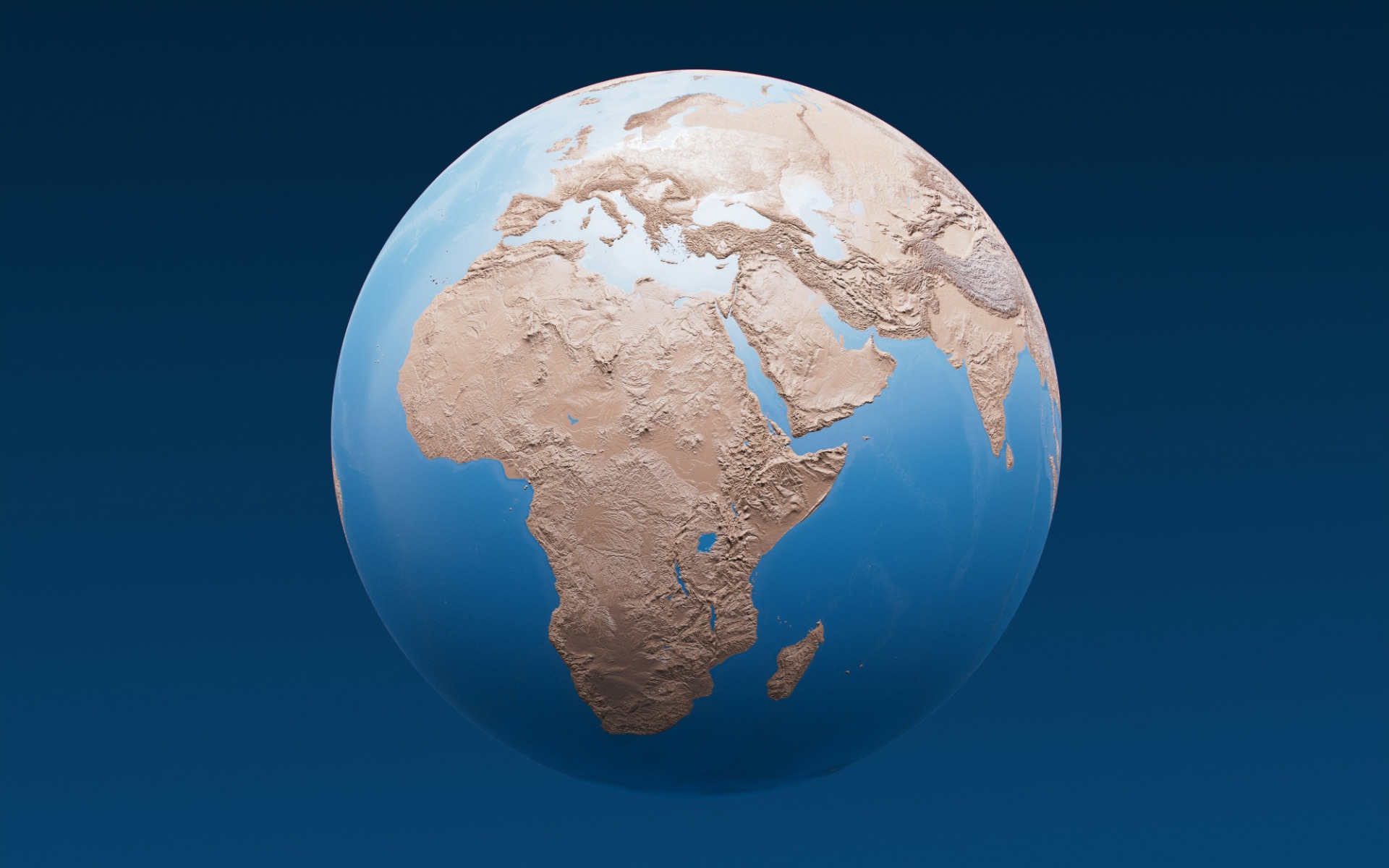Central Mozambique Railways
Central Mozambique Railways: Engines of Trade in the Beira Corridor
Mozambique's central railway network, centered on the historic Beira Corridor, serves as a vital economic artery linking the Indian Ocean to the resource-rich hinterlands of Southern Africa. Spanning the provinces of Sofala, Manica, and Zambezia, the Machipanda and Sena lines connect the Port of Beira—the country's second-largest harbor—to landlocked neighbors like Zimbabwe, Malawi, and Zambia. This corridor, operational since the late 19th century, facilitates the export of coal, minerals, tobacco, and sugar while importing fuel and machinery, driving over US$2 billion in annual regional trade. Recent rehabilitations, including a 2024 Sena line expansion to 20 million tons capacity and Machipanda upgrades boosting speeds to 60 km/h, underscore its resurgence amid mining booms and infrastructure investments exceeding US$500 million since 2020. For investors in logistics, agro-processing, and energy, these railways offer resilient pathways to growth, reducing transit costs by 25-40% versus road alternatives and fostering SADC integration.
The Machipanda Line: Zimbabwe's Lifeline to the Sea
The Machipanda Line, also known as the Beira-Bulawayo Railway, stretches 317 kilometers from the Port of Beira to the Machipanda border post with Zimbabwe, forming the eastern spine of the Beira Corridor. Built in 1899 by British colonial interests to link Rhodesia (now Zimbabwe) to global markets, this 1,067 mm gauge line was ravaged during Mozambique's civil war (1977-1992), with bridges destroyed and operations halted for decades. Re-nationalized under CFM in 2011 after a failed private concession, it underwent a US$200 million rehabilitation completed in 2025, enhancing safety and capacity.
Key facts and figures highlight its strategic value:
- Length and Capacity: 317 km, upgraded to handle 3 million tons annually (up from 1.5 million), with axle loads increased to 20.5 tons and transit times cut from 18 to 12 hours.
- Infrastructure Upgrades: Over 300 bridges reinforced, signaling modernized, and commercial speeds restored to 60 km/h; supports 3-4 daily freight trains plus resumed passenger services after 26 years.
- Freight Profile: Primarily minerals (chrome, lithium) from Zimbabwe, fuel imports via a parallel pipeline, and agricultural goods; generates US$100 million in annual transit fees for Mozambique.
Directly feeding the Port of Beira, the line positions Zimbabwe as the corridor's primary user, handling 70% of its exports. As part of 2025 bilateral agreements, CFM now operates 84 km of Zimbabwean track from Machipanda to Nyazura, streamlining cross-border flows and opening opportunities for joint logistics ventures.
The Sena Line: Fueling Coal Exports and Regional Connectivity
Branching from Dondo (near Beira), the Sena Line extends 357 kilometers northwest through the Zambezi Valley to Moatize coal fields in Tete Province, with spurs to Malawi's border at Vila Nova de Fronteira (44 km) and Marromeu (88 km). Conceived in 1912 to connect Beira to Nyasaland (Malawi), it was fully operational by 1930 for cotton and sugar transport but destroyed in the 1980s civil war, including the iconic Dona Ana Bridge over the Zambezi. Rebuilt in phases from 2004 with World Bank funding, a EUR162 million expansion in 2024 restored full connectivity, emphasizing flood-resistant designs post-Cyclone Idai.
Notable facts and figures include:
- Length and Capacity: 357 km mainline plus 254 km Moatize branch (total ~575 km); now supports 20 million tons yearly (from 6.5 million), with 22 daily trains pre-2024 disruptions.
- Technical Enhancements: 11 stations rehabilitated, GPS signaling for derailment reduction, and over 300 bridges/aqueducts upgraded; speeds average 50-60 km/h for freight.
- Cargo Volumes: Dominated by 18 million tons of Moatize coal annually (Vale, ICVL operators), plus 500,000 tons of Malawi sugar/tobacco; passenger services carry 100,000 riders yearly.
Integrated with Beira's coal terminal, the line revives Malawi's southern exports via a 2025 cross-border spur rehabilitation (US$46 million), while extensions to Zambia's Chipata could triple volumes by 2030. It complements Quelimane Port for Zambezi sugar via river-rail links, diversifying central trade.
Ports of Beira and Quelimane: Gateways for Central Exports
The Port of Beira, Mozambique's trade powerhouse, spans 1,994 meters of quays with 11 berths, handling diverse cargoes under CFM and Cornelder de Moçambique (a Dutch-Mozambican JV since 1998). Its 14-meter draft accommodates Panamax vessels, with a 2025 container terminal expansion targeting 1 million TEUs annually. Facts: Processed 13.6 million tons in 2023 (up 12% YoY), including 40% transit for Zimbabwe; chrome handling hit 14,446 tons/day record in 2025. Rail connections via Machipanda/Sena enable just-in-time coal offloading, cutting costs 30% for landlocked users.
The Port of Quelimane, 200 km north in Zambezia, is a nimbler facility focused on agriculture and regional trade. With a 5-meter deepened channel post-2022 dredging (US$10 million), it serves Bons Sinais River traffic. Facts: Annual capacity 100,000 TEUs/85,000 tons general cargo; 2023 volume 17.3 tons (+60% YoY), mainly sugar/timber via Sena spurs and Zambezi barges. Lacking direct rail, it relies on roads to Mocuba/Nampula, but CFM's 2025 plans include feeder links to Beira, boosting integration.
The Beira Corridor's Enduring Regional Impact
Encompassing 850 km of rail, roads, and a fuel pipeline, the Beira Corridor underpins US$2-3 billion in trade, with 2025 updates like CFM-NRZ pacts and Sena-Malawi spurs enhancing interoperability. For Zimbabwe, it channels 90% of fuel imports; Malawi gains shorter routes for 80% of tobacco exports; Zambia taps Moatize coal synergies. Investments yield 12-18% ROI in mining logistics, positioning central Mozambique as a hub for green energy transitions and agro-industrial parks. As global demand rises, these railways—resilient against cyclones and conflicts—promise sustained prosperity for Southern Africa's heartland.
